Nokia 8 Review: A Solid Flagship with a Dash of Nostalgia
Nokia’s return to the smartphone market has been met with cautious optimism. The Nokia 8, released in 2017, was one of the first devices to showcase the brand’s renewed commitment to quality and innovation. Positioned as a flagship, it promised a blend of premium hardware, clean software, and the durability Nokia was once famous for. But does it hold up against the competition? Let’s dive in.
Design and Build: Classic Nokia with a Modern Twist
The Nokia 8 doesn’t stray far from the minimalist design language that has become a hallmark of modern smartphones. Its aluminum unibody construction feels sturdy and premium, with a seamless finish that exudes sophistication. The device is available in polished blue, tempered blue, steel, and copper finishes, each adding a touch of elegance. At 7.9mm thick and weighing 160g, it strikes a good balance between heft and portability.
One of the standout features is the absence of a camera bump, a rarity in today’s smartphones. The rear-mounted fingerprint sensor is conveniently placed, though it lacks the speed of some competitors. The 5.3-inch display is flanked by reasonably thin bezels, though it’s worth noting that the Nokia 8 doesn’t embrace the edge-to-edge trend that was beginning to dominate at the time of its release.
Display: Sharp but Not Groundbreaking
The Nokia 8 sports a 5.3-inch IPS LCD with a Quad HD (2560 x 1440) resolution, resulting in a pixel density of 554 PPI. Colors are vibrant and accurate, with good viewing angles, but the display lacks the deep blacks and contrast of an AMOLED panel. Brightness is adequate for indoor use, though it can struggle under direct sunlight. HDR10 support is a nice addition, enhancing video playback for compatible content.
While the display is sharp and serviceable, it doesn’t push any boundaries. In a market where bezel-less designs and higher refresh rates were becoming the norm, the Nokia 8’s screen feels a tad conservative. That said, for everyday use, it’s more than sufficient.
Performance: Smooth but Not Cutting-Edge
Under the hood, the Nokia 8 is powered by the Qualcomm Snapdragon 835 chipset, paired with 4GB of RAM. This was top-tier hardware in 2017, and it still holds up reasonably well today for most tasks. Day-to-day performance is smooth, with apps launching quickly and multitasking handled without major hiccups. However, heavy gaming or intensive applications may reveal some limitations compared to newer devices with more RAM and advanced chipsets.
Storage options include 64GB or 128GB, expandable via microSD up to 256GB. The inclusion of a microSD slot is a welcome feature, especially for users who need extra space for media or apps.
Camera: Good, but Not Great
The Nokia 8 features a dual-camera setup on the rear, consisting of two 13MP sensors—one RGB and one monochrome. The idea was to combine details from both sensors for sharper, more dynamic images. In practice, the results are decent but not exceptional. Daylight shots are crisp with accurate colors, but low-light performance is mediocre, with noticeable noise and lack of detail.
A unique feature is the "Bothie" mode, which allows simultaneous use of the front and rear cameras to capture split-screen photos or videos. It’s a fun gimmick, though not particularly practical for everyday use. The front-facing 13MP camera is adequate for selfies and video calls, though it struggles in low light like its rear counterparts.
Software: Clean and Timely Updates
One of the Nokia 8’s strongest selling points is its software. It launched with Android 7.1.1 Nougat but was later upgraded to Android 9 Pie. The device is part of Nokia’s Android One program, meaning it runs a near-stock version of Android with no bloatware and regular security updates. This ensures a clean, smooth user experience and longevity that many competitors lack.
Battery Life: Adequate but Not Stellar
The 3090mAh battery is on the smaller side for a flagship device, and it shows. With moderate use, the Nokia 8 can last a full day, but heavy users will need to reach for the charger before bedtime. The inclusion of Quick Charge 3.0 helps, allowing for a 50% charge in about 30 minutes. There’s no wireless charging, which is a minor disappointment given the premium positioning.
Audio and Extras: A Mixed Bag
The Nokia 8 includes a 3.5mm headphone jack, a feature that was already becoming rare in 2017. Audio quality through the jack is good, though the single bottom-firing speaker is underwhelming, lacking depth and volume. On the connectivity front, it covers all the basics with USB-C, NFC, and Bluetooth 5.0.
Verdict: A Competent but Dated Flagship
The Nokia 8 is a solid device that excels in build quality, software, and overall reliability. However, it falls short in areas like camera performance, battery life, and display innovation. For Nokia fans or those who prioritize clean software and timely updates, it’s a worthy consideration. But in a crowded market, it struggles to stand out against more versatile competitors.
Nokia 8 Full Specifications:
General:
- Dimensions: 151.5 x 73.7 x 7.9 mm
- Weight: 160g
- Build: Aluminum unibody
- Colors: Polished Blue, Tempered Blue, Steel, Copper
- SIM: Single or Dual SIM (Nano-SIM)
Display:
- Type: IPS LCD, HDR10 compliant
- Size: 5.3 inches
- Resolution: 2560 x 1440 pixels (554 PPI)
- Protection: Corning Gorilla Glass 5
Platform:
- OS: Android 7.1.1 (Nougat), upgradable to Android 9 (Pie)
- Chipset: Qualcomm Snapdragon 835
- CPU: Octa-core (4x2.5 GHz Kryo & 4x1.8 GHz Kryo)
- GPU: Adreno 540
Memory:
- RAM: 4GB
- Storage: 64GB/128GB, expandable via microSD (up to 256GB)
Camera:
- Rear: Dual 13MP (RGB + monochrome), f/2.0, PDAF, dual-LED flash
- Front: 13MP, f/2.0, 1.12µm pixel size
- Features: Zeiss optics, Bothie mode, 4K video recording
Battery:
- Capacity: 3090mAh
- Charging: Quick Charge 3.0 (18W)
Audio:
- 3.5mm jack: Yes
- Speaker: Single bottom-firing
Connectivity:
- USB: USB-C 3.1
- Bluetooth: 5.0
- NFC: Yes
- Wi-Fi: 802.11 a/b/g/n/ac
Other Features:
- Fingerprint sensor (rear-mounted)
- IP54 splash resistance
- Android One certification
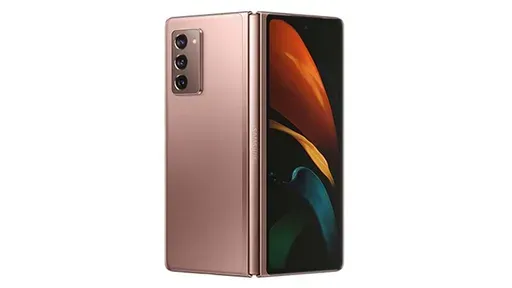
By /Jun 4, 2025

By /Jun 4, 2025
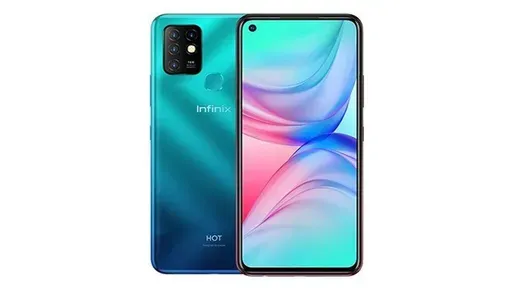
By /Jun 4, 2025

By /Jun 4, 2025
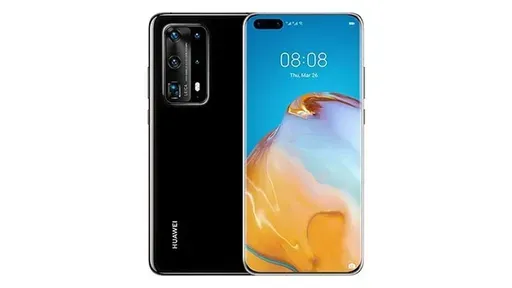
By /Jun 4, 2025
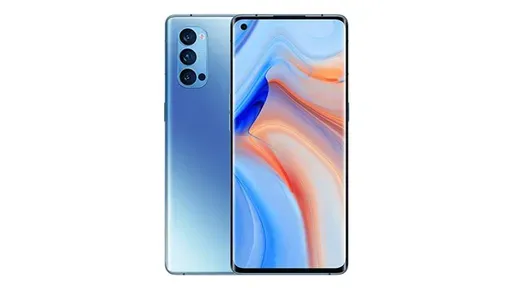
By /Jun 4, 2025
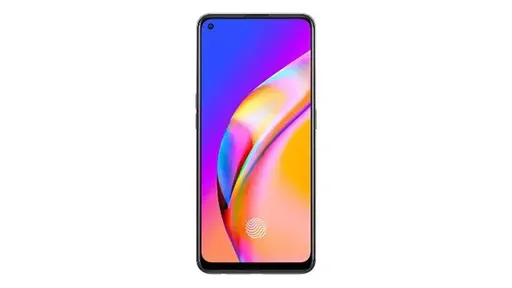
By /Jun 4, 2025
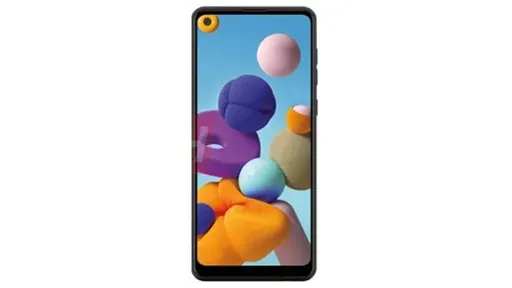
By /Jun 4, 2025

By /Jun 4, 2025
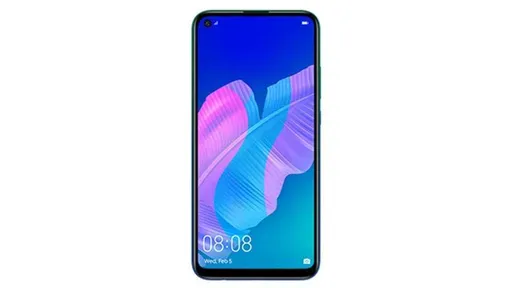
By /Jun 4, 2025

By /Jun 4, 2025
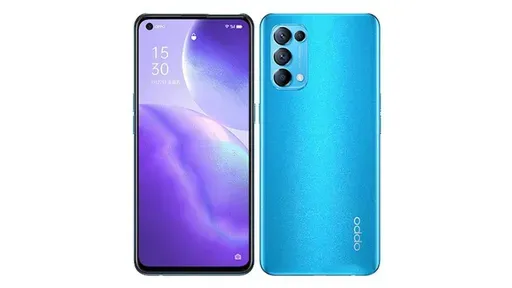
By /Jun 4, 2025
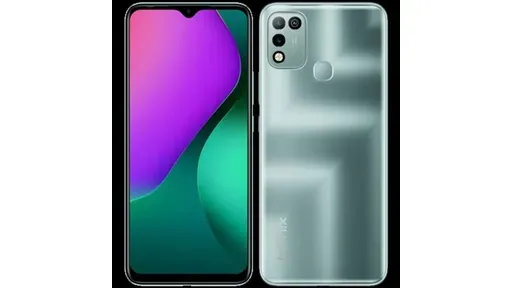
By /Jun 4, 2025
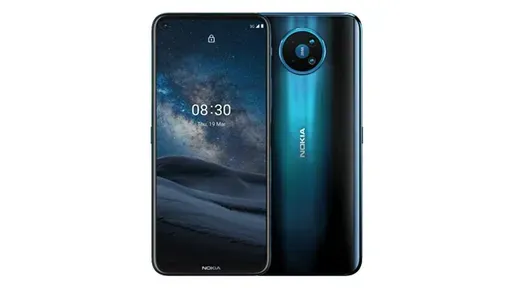
By /Jun 4, 2025

By /Jun 4, 2025
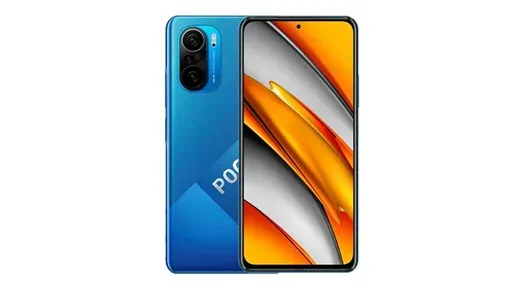
By /Jun 4, 2025

By /Jun 4, 2025
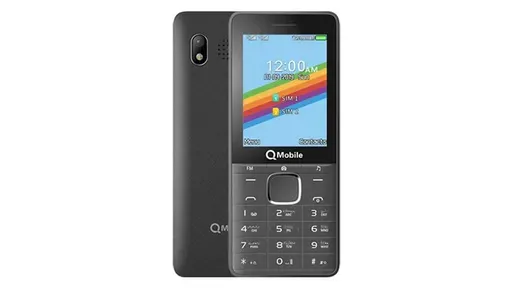
By /Jun 4, 2025

By /Jun 4, 2025
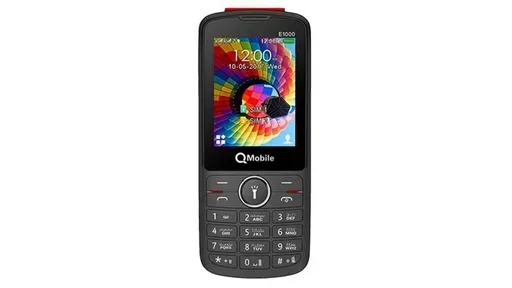
By /Jun 4, 2025
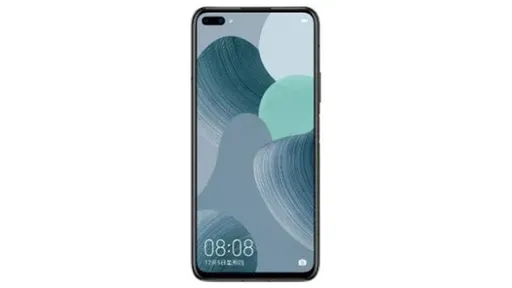
By /Jun 4, 2025

By /Jun 4, 2025

By /Jun 4, 2025
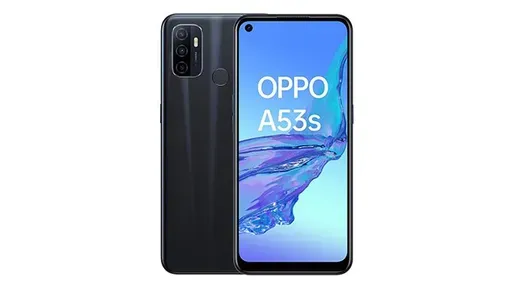
By /Jun 4, 2025
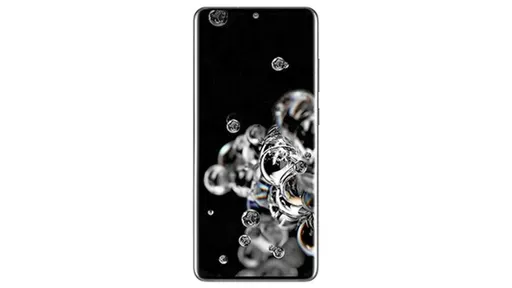
By /Jun 4, 2025
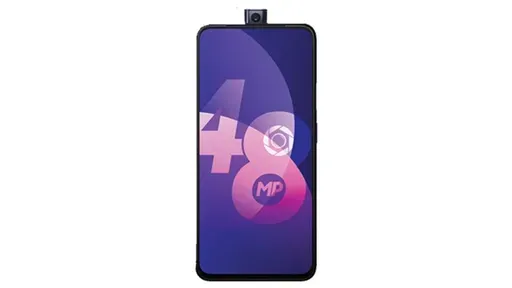
By /Jun 4, 2025

By /Jun 4, 2025
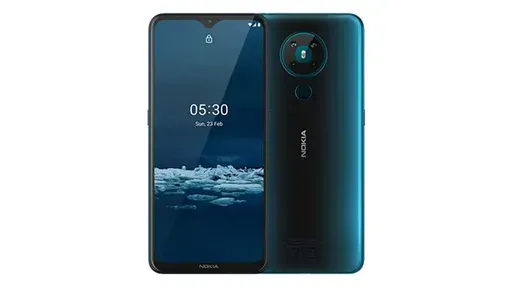
By /Jun 4, 2025

By /Jun 4, 2025
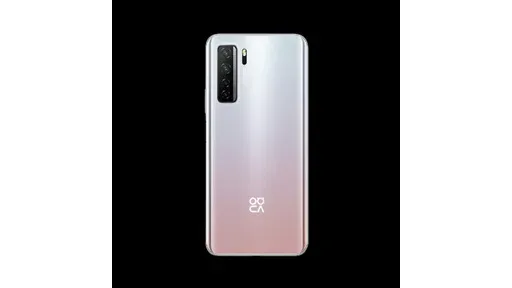
By /Jun 4, 2025
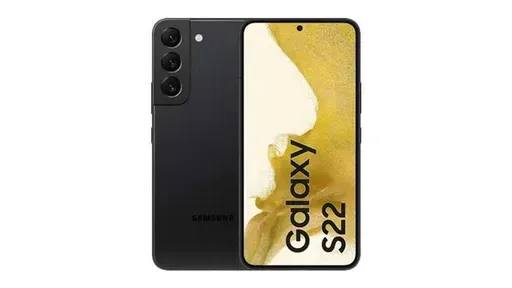
By /Jun 4, 2025

By /Jun 4, 2025
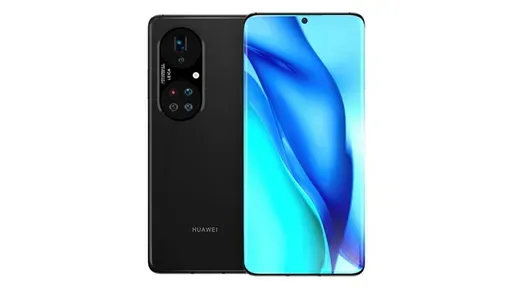
By /Jun 4, 2025
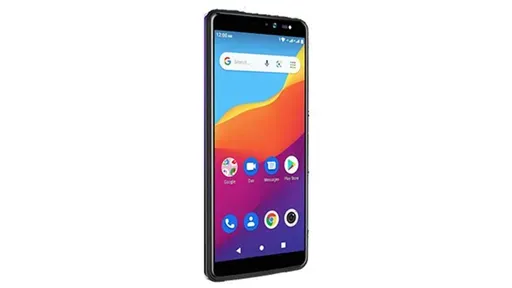
By /Jun 4, 2025
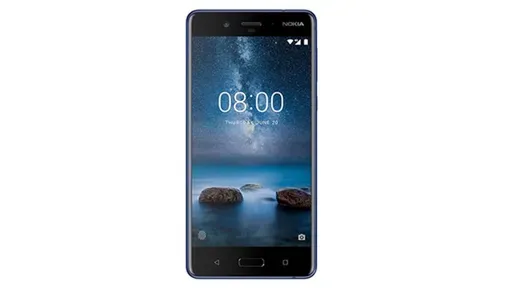
By /Jun 4, 2025